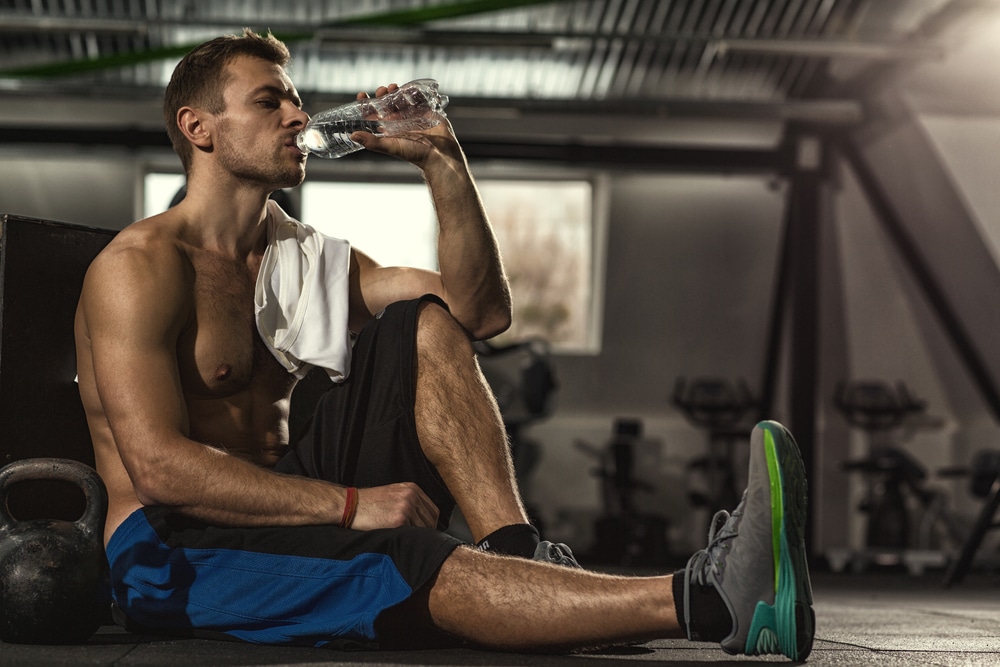Afamefuna Odiwe, a visionary leader in urban transit, has been an integral part of the San Francisco Municipal Transportation Agency (SFMTA) since 2022. As an Operations Supervisor, he ensures the seamless execution of daily transit services while collaborating with the San Francisco Police and Fire Departments to maintain safety and efficiency across the city’s transport systems. Beyond his leadership in transit, Odiwe is an accomplished futures trader and a dedicated advocate for health and wellness. His passion for nutrition and performance optimization reflects his broader philosophy of excellence—making him a credible and trusted voice on the role of hydration and fitness in achieving sustained success.
Hydration requirements vary markedly with the type of exercise performed, as the physiological demands of strength training differ from those of endurance activity. Fluid balance not only determines immediate performance but also influences the rate and quality of recovery, making tailored hydration strategies an essential component of training preparation.
Strength sessions, typically shorter in duration and often performed with easy access to water, generally impose modest fluid losses compared with prolonged endurance work. Nonetheless, even minor dehydration impairs performance. Reductions as small as 2% of body weight can compromise force output, shorten time to fatigue, and diminish training volume. This level of fluid loss also interferes with recovery processes, thereby compounding fatigue across subsequent training days.
Endurance exercise presents a more complex hydration challenge. Activities such as running, cycling, and rowing sustain elevated heart rates over extended periods, producing substantial sweat loss that progressively reduces plasma volume. As plasma volume declines, thermoregulatory efficiency deteriorates, resulting in elevated cardiovascular strain, reduced power output, and perceptible drops in pace—effects exacerbated in hot or humid climates. The cumulative consequence is both an immediate decline in performance and a longer recovery horizon.
Optimal hydration begins well before the onset of activity. For resistance training, consuming approximately 500 mL (17 oz) of water two hours prior to exercise is generally sufficient to achieve euhydration without gastrointestinal discomfort. Endurance athletes, by contrast, often benefit from “fluid pre-loading,” which includes sodium-containing beverages to expand plasma volume and stabilize thermoregulation throughout the session.
During exercise, timing and volume of fluid intake must reflect session characteristics. A 40–60 minute strength workout usually requires no more than occasional sipping, whereas endurance efforts exceeding an hour necessitate regular intake—approximately 200–300 mL (7–10 oz) every 15–20 minutes. Individual variability is considerable: athletes with high sweat rates may require substantially greater volumes, making personalized sweat testing an invaluable tool.
Sweat losses extend beyond water, encompassing electrolytes such as sodium, potassium, and chloride. Prolonged or heat-stressed endurance exercise often necessitates sodium replacement before session completion to sustain neuromuscular function and delay fatigue. By contrast, strength athletes can typically defer electrolyte replacement until post-training unless engaged in unusually long or high-repetition protocols.
Environmental factors further complicate hydration strategy. Elevated heat and humidity accelerate sweat rates across both exercise types, while altitude amplifies fluid loss through increased respiratory water vapor. Even short indoor sessions in poorly ventilated spaces can provoke significant dehydration risk. Under such conditions, both fluid and electrolyte intake should be augmented to preserve performance capacity and safeguard health.
Post-exercise rehydration is critical for restoring equilibrium before subsequent sessions. A practical guideline involves replacing 600–720 mL (20–24 oz) of fluid per pound of body mass lost, ideally supplemented with sodium to enhance retention. Consuming roughly 150% of total fluid losses within the recovery window ensures more complete rehydration and reduces the likelihood of beginning later workouts in deficit.
Common pitfalls include reliance on generic intake recommendations (e.g., “eight cups per day”), which disregard individual differences in sweat rate, training duration, and environmental stressors. Equally problematic is excessive water consumption during endurance events without electrolyte replacement, which may induce exercise-associated hyponatremia, a potentially serious condition. The most effective approach employs individualized monitoring—tracking body weight fluctuations, sweat composition, and subjective markers of thirst—to calibrate hydration plans.
In sum, hydration is not a static requirement but a dynamic variable that must be integrated into training strategy. By tailoring fluid and electrolyte intake to the specific demands of strength and endurance exercise, athletes can preserve performance, mitigate fatigue, and enhance long-term adaptation. Consistent application of session-specific hydration practices elevates fluid balance from a passive consideration to an active performance determinant.

